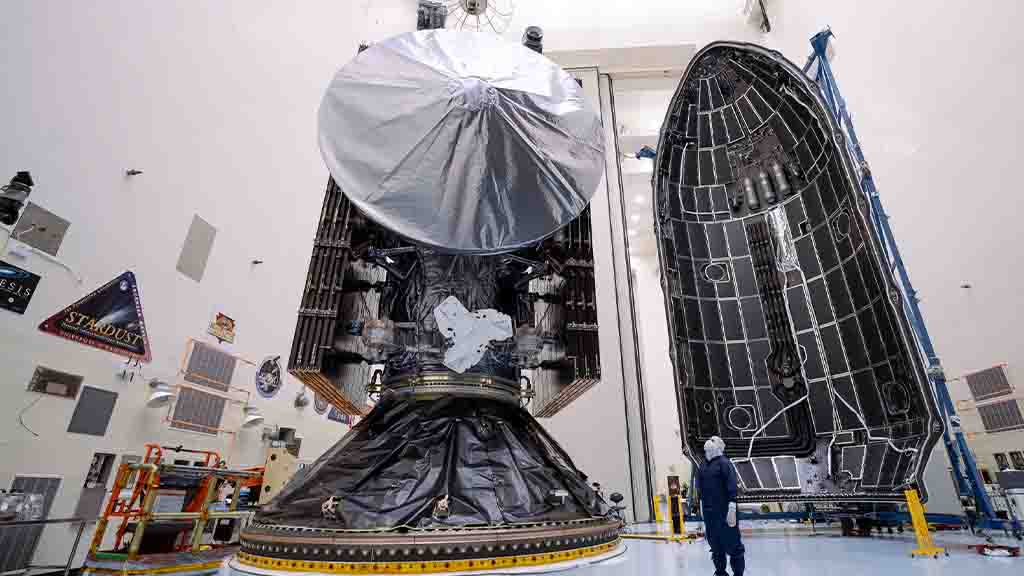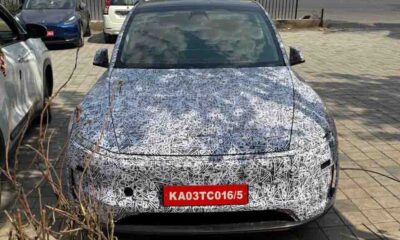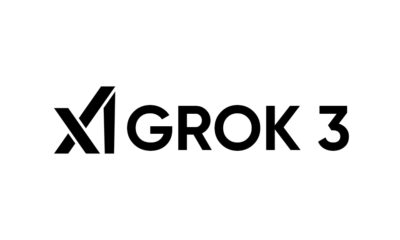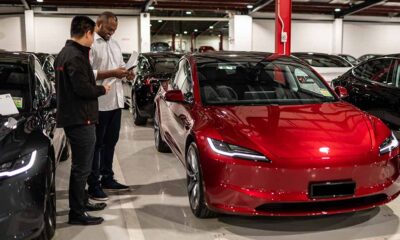SpaceX
NASA and SpaceX encapsulated Europa Clipper spacecraft into Falcon Heavy fairing

SpaceX and NASA teams are conducting final preparations for the Europa Clipper launch and it has now encapsulated this spacecraft into the Falcon Heavy rocket fairing.
On September 26, both teams connected the Europa Clipper spacecraft to the payload adapter inside the Hazardous Servicing Facility at NASA’s Kennedy Space Center in Florida.
After attaching the spacecraft the team connected the combined assembly to the payload attach fitting on September 30. These will allowed the spacecraft to join the rocket in the next few days.
Afterward, the teams detached various covers that shielded important parts of the spacecraft during processing. To complete the entire operation, the teams encapsulated the spacecraft inside the payload fairing.
These protect the spacecraft from aerodynamic pressure and heat during maximum velocity. The fairings will open after the main stage reaches the designated orbit and deeply the spacecraft into its trajectory to gain planetary gravity assistance.
NASA and SpaceX targeting the Europa Clipper launch at 12:31 p.m. EDT on Thursday, October from Launch Complex 39A at NASA’s Kennedy Space Center in Florida.
This will be one of the longest missions in the past decade and measure almost 1.8 billion miles to reach the gas giant. It will enter Jupiter’s orbit in April 2030 to perform various studies and observe its moon Europa to confirm whether the icy world could inhabit life.
Clipper is the largest spacecraft ever built by NASA for planetary missions. It equips nine instruments with gravity experiments to investigate oceans beneath Europa’s icy surface, which is speculated to have twice as much liquid water as Earth’s oceans.
Teams encapsulated @NASA ‘s Europa Clipper spacecraft into Falcon Heavy’s fairing earlier this week ahead of next week’s Falcon Heavy launch from pad 39A in Florida pic.twitter.com/ZPJnEvHfMV
— SpaceX (@SpaceX) October 4, 2024
(Source)












